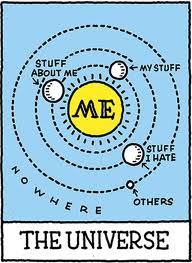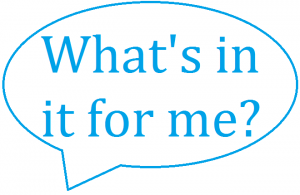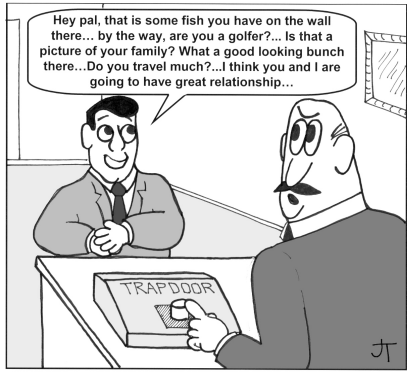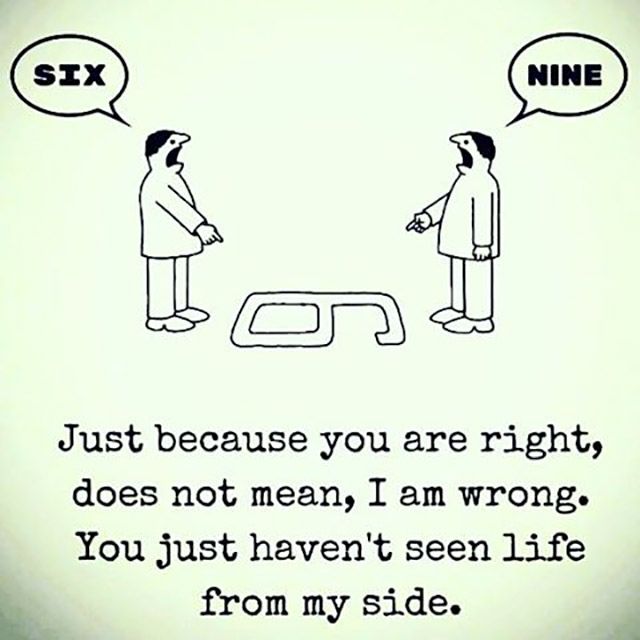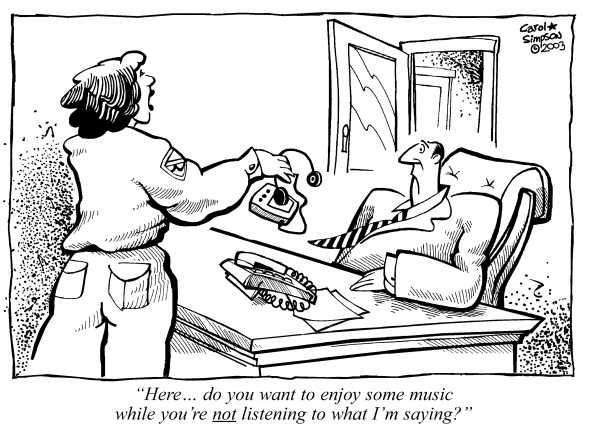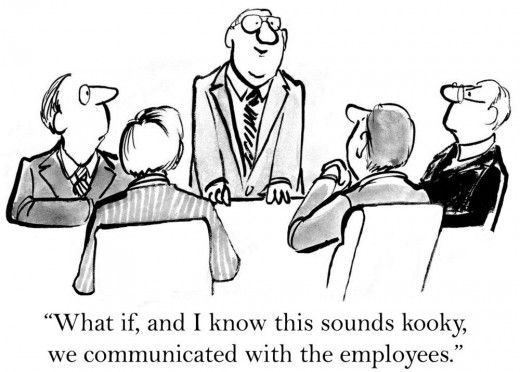What do you do when you and your boss arrive 30 minutes early for a meeting? We decided on a Carpool Interview!
You can download the audio here or read the transcript below:
Interviewer: Good afternoon, Fran. Thank you for joining me for the carpool interview today.
Fran: My pleasure.
Fran, you design your training programs to incorporate a foundation of emotional intelligence training. Why do you believe emotional intelligence is so essential for people in the workplace today?
Fran: Great question. I think emotional intelligence plays such a large role in every human life whether we’re talking about an individual relationship, a love relationship, or a corporate relationship. The lower the emotional intelligence, the more conflict there is. And, conflict tends to spiral and become habit.
I’ll just tell you a really quick story on that.
In a marital relationship that I had many years ago, our way of communicating became full of friction and conflict. A nickname that we were given by my mother was the Bickersons, because all we did was bicker. There was very little awareness that we were doing that. Both of us had low emotional intelligence. There was also seemingly no way out of the pattern for us. And the more into the pattern we got, the more stuck it felt.
So now, let’s take that example into a corporate environment to say you and I are co-workers and for whatever reason conflict shows up. If we have lower emotional intelligence, the only resource that we have is to look at the other person as being a nasty person or unpleasant to deal with or whatever, not having the emotional tools to manage oneself, and emotional tools to help another individual either. So once that spiral begins, it’s seemingly endless. And suddenly, we have not only two people in conflict, we have departments in conflict, teams in conflict, organisational structure in conflict.
So at a very base level, emotional intelligence competence to me is the life force for everything that we do. It’s always in the framework in some way. I can give you operational tools for developing rapport, but without the emotional intelligence to be able to manage yourself, you will look at those tools and say, “Oh, they don’t work.”

Interviewer: So as an expert now in emotional intelligence, are you able to have a conversation with somebody and quickly assess what their level of emotional intelligence is?
Fran: No, no. I wish! That would be great. Can I conversationally pick up a person’s level of emotional intelligence? Yes, over time, but not just in a quick meeting. Especially when you tell people you are a psychologist, “Oh, you’re psycho-analysing me. Okay, great.” After 30 seconds of conversation, “Who am I? Tell me who I am.” No, that’s impossible, it doesn’t work that way. And, it would be filled with a lot of erroneous suppositions and judgement, so absolutely not.
If you’re an employee and I watch your behaviour over time, yes, absolutely, I’ll be able to judge a certain level. It’s only seeing people respond in lots of different situations repeatedly that you start to determine what those levels are. Even then, it’s still a dodgy assessment in the fact that if I have an employee who’s aware and they’re working on themselves, their levels of emotional intelligence will rise. So, it’ll mean that they will respond differently to a similar situation.
Interviewer: [laughs] So you talked about behaviour change, can you talk us through the process that you use in your training to help people change their behaviour?
Fran: Sure. The first level of everything is awareness and it’s where we must start. Usually this is a very confronting process for people even in the most benign of course topics. For example, with communication skills and we’re teaching a person to use a bank of more positive language rather than negative language. But that first level is getting them to recognise what words they are using. Once you expose them to that and they go, “Uh. Oh my gosh, we were just talking for 10 minutes and you just asked me to repeat the last sentence I said and I couldn’t do it.” Which means speaking from a state of not being aware.
We have that same issue with our physical bodies. “Am I aware?” You would get this if you were looking at teaching people to change their behaviour and presentation skills. First of all, I have to get you aware of what you are doing with your physical body. “Did you know that your hand is twitching like this? Did you know you’re playing with your hair or your jewellery?” Those are very subconscious habit processes that are driven so far beyond our awareness. So step one, bring awareness back in the fullest sense possible. Then gently help a person cope with whatever they see, because it’s not always comfortable.
Interviewer: Yes, that was going to be my next question actually. It must be quite shocking and confronting sometimes to see yourself.
Fran: It absolutely can be. Then there’s the exploration. So the next level, step one is awareness. The next level up is defining what is the state change that the person wants. So, where am I now? We get aware and then we have to define where you want to be because that’s not always the same. There are no absolutes to any of that, what level of growth do you want? What type of change are we talking about? And then, we look for very specific tools that will apply or processes that will apply.
Now, on top of that, there is an issue of making certain that I go beyond cognitive level with an individual always. Behaviour change means that whatever tool I implement with you has to be sampling that behaviour. As an example of that, if I want you to get to change your language, we have to do speaking exercises regularly. It has to have loads of repetition and then we are in a constant review. So awareness, action, repetition and review are really the four levels of behavioural change.
Interviewer: One of the things I noticed on your website is that you state you help individuals and organizations achieve success through better human connection. What do you mean by human connection? And isn’t that just a fancy way of saying communication?
Fran: Interesting way of thinking of it. And, my initial reaction to that is no. [laughter] So communication– Gosh, are we talking verbal communication, non-verbal communication, emails and so on? That’s just tactical. Human connection is really that sense of unknowingness of another individual and having an immediate understanding, “Are you and I connecting on a meaningful level?”
Interviewer: Right.
Fran: I would throw a question back to you to say, “Have you ever had a conversation with somebody that’s just you walk away and you go, ‘Well, that was the most plastic, almost useless conversation like, we did it because we felt we had to do it and we weren’t connecting. We were surviving?”‘ [laughs]
Interviewer: Yes, yes. So we were using communication tools. We were speaking. We were exchanging words.
Fran: Sure. And we were being very pleasant.
Interviewer: But was there any connection? Yes, beautiful. Okay.
Fran: Absolutely. I can connect with you without even speaking.
Interviewer: Yes, yes. So when we’re talking about communication, and a lot of the work that you do is aimed at improving communication within the workplace, what do you say are the essential skills of a good communicator?
Fran: Well, that’s tough because I’d like to list 20. So the ones that I’m going to give you are probably not listed in your classic communication skills. The first one is forgiveness.
Interviewer: Wow, okay.
Fran: Yes. That’s probably a surprise.
Interviewer: Yes, that was totally a surprise!
Fran: Completely. That’s off center from the usual, “Ability to develop rapport and good listening skills are bla, bla, bla.”
Interviewer: Yes, yes.
Fran: Yes, those are technical listening skills. In order for two people to maintain a relationship, first of all, we have to come to it from an understanding that humans will transgress against one another regularly. I’m going to say something that is going to upset you at some point. Do we have the skill set? Do we have the ability? Do we have the emotional intelligence? We come back to that. To have forgiveness that allows an opening such that people can carry on forward or is there a lack of forgiveness that causes a blockage and a stopping? And it doesn’t matter what skills we apply after that, if there is an impasse and a lack of ability to move forward.
The second one is the ability to behave with another individual in a non-judgmental way. Can I listen without judging? How tolerant am I of all behaviour, regardless of what that behaviour is and do I judge it? Now, to some point, we would say that’s an impossibility and I would agree. But, do I exhibit the judgmental process and can I access the judgement and say, “Wow, isn’t that an interesting judgement I just have and I wonder why that was there?” As opposed to my judgement informing my next communication process.
You and I just meet each other and you don’t know me very well and maybe you tell a joke and the joke somehow insults me, do I instantly block any further possibility of a relationship forward just because I take an insult? I have chosen to be insulted. So, A, I’m not in a forgiving state and, B, I’m judging and deciding to block the relationship. It’s not a very useful space. Especially if you and I are in an organisation and we’re co-workers, we have to work together. This is going to cause chaos and challenge.
Interviewer: Wow, I certainly wasn’t expecting those to be the two that you pulled up there, that’s fantastic. Another one that I hope isn’t too tricky, but what core skills or ability do you think managers and team leaders need to help a group of people become high-performing team?
Fran: Well, let’s cycle right back to what we just talked about kind of. [laughs] That’s the answer. But I think– if I had to name one that’s an absolute, it’s a person who understands, and I don’t know if this is going to be clear or not, but understands the fullness of what leadership is and loves leading, loves developing people, wants to see that in the end game, those people have exceeded.
It means you have to go find your next journey, because I’ve run out of an ability to give to you anymore because you’ve exceeded me. That to me is the pinnacle of leadership and it informs the choices that I make. It informs the ways of being and part of that is just a leadership choice as well. Who do I want to be as a leader? But I think the greatest of leaders love leading, instead of a person who gets positional power. “You were a great technician. We’re going to move you up into this level of management or leadership. We know you have no training in it but, golly, good luck.”
Interviewer: Thank you. Could you suggest how your approach to training is perhaps different to how an HR team would approach training?
Fran: I think there are probably some similarities but I would say the majority of what we do is very different because of the unique skill sets that we bring. We are consultants and we have a level of business acumen that looks at the business holistically. And so, somebody might bring us in and say, “Gosh, we’re having this problem with this team and they’re not communicating well together.” We’re going to look way outside the team to figure out what are all the operating pieces.
We look at everything that could impact from the outside, everything that’s impacting from the inside. We also have a unique position in the fact that quite often, when we get brought in for situations that are like that, it’s not the team, it’s the leader or it’s the executives or it’s the structures of the systems. Because we’re an outside source or an outsourced operation, we can quite fearlessly tell the truth. That makes us unique.
We also, because of the design of the work that we do, must stay at the forefront of development that’s out there. The forefront of development in neurosciences, the forefront of development in organisational theory, developmental theory, everything that is across all of the psychology. And today, we’re even getting more vested into the medical side of things because we’re seeing health issues showing up for individuals, so we must stay abreast of all of that.
Interviewer: Thank you, Fran. That’s the end of questions for our Carpool interview today.
Fran: Thank you. It’s my pleasure.
